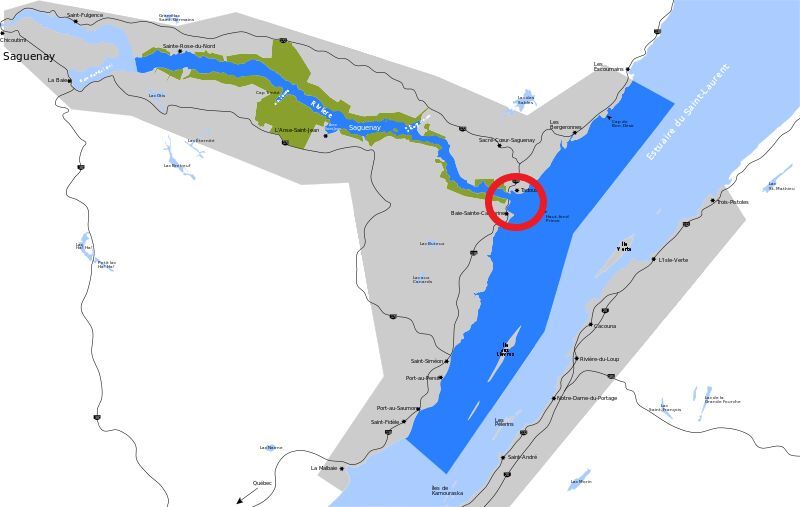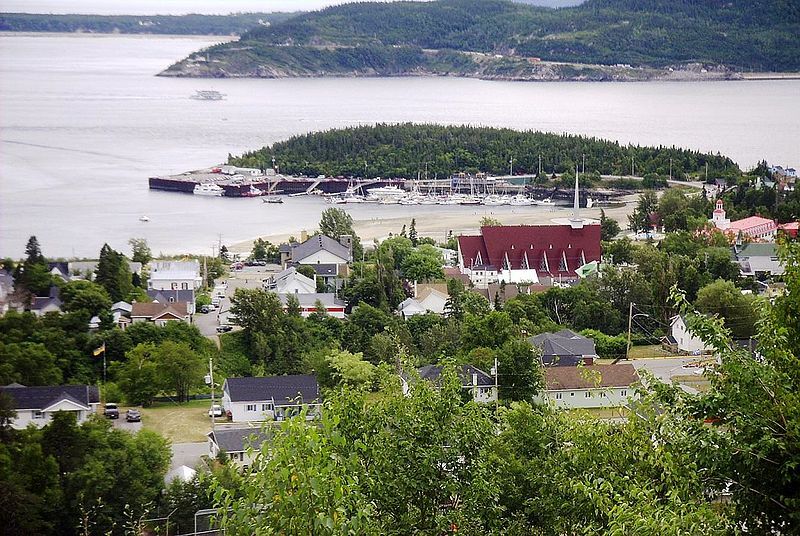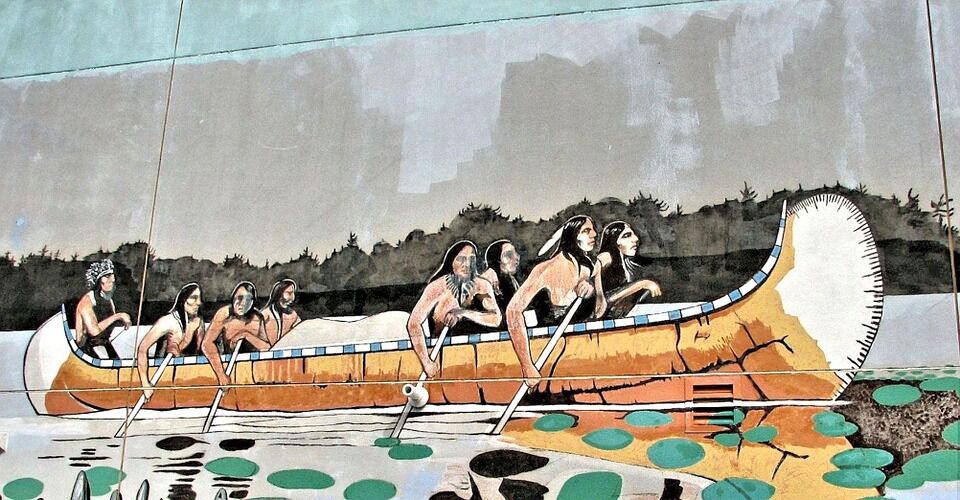Accumulating wealth was not important for Indigenous peoples. They focused instead on what they needed to survive. Because First Nations depended on their environment to live, their relationship with nature was filled with respect.
Helping one another and sharing was necessary when it came to survival, which is why Indigenous peoples developed trading systems for goods, such as bartering and giving gifts and counter-gifts.
All of the Indigenous nations were able to meet most of their needs. However, some nations lived on land with access to resources that were scarce or even non-existent elsewhere on the continent. This drove all the Indigenous nations to develop and maintain economic relationships with one another, so that they could access the resources available on their continent.
The Indigenous nations were spread across an immense territory. Even though paths linked certain villages, there were no cleared roadways at the time. This meant travelling on land took time, and agreeing on precise locations to meet with representatives from other nations was complicated. As a solution, Indigenous peoples used the numerous waterways in the northeast of the American continent to get around. Canoes, an Indigenous invention, made water travel more efficient. A confluence, or the place where two rivers join, also made for a clear meeting point.

A confluence is where two different rivers meet.
For instance, a nation living near the mouth of the Saguenay River could easily exchange with a nation living on the banks of the St. Lawrence River by setting up a meeting at the confluence of the two rivers.

The confluence of the Saguenay and the St. Lawrence rivers where the village of Tadoussac is located today.

Indigenous peoples used paths and rivers to create an exchange network spanning all of North America. To simplify the process, some nations in strategic locations on land acted as intermediaries.
For example, if two nations lived too far from one another to exchange directly, the “intermediary nation” living between the two became responsible for transporting resources and objects; a responsibility with more advantages than disadvantages.
The Huron-Wendat were considered the greatest traders in North America at the time. Located northeast of the Great Lakes, they were close to several waterways. Algonquians of the North along with Iroquoians of the Great Lakes and the St. Lawrence Valley regularly used the Huron-Wendat’s commercial routes to transport merchandise over thousands of kilometres.